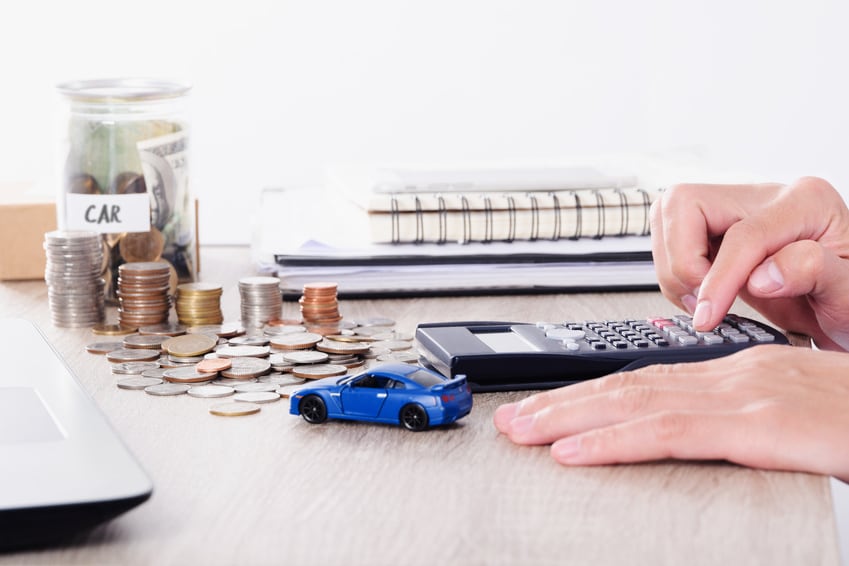

What general rule of thumb connects your car payment and your monthly savings budget? This is an age-old question that many potential buyers have asked themselves, and unfortunately there isn’t one solid answer. There are many tips and tricks to planning a successful budget, but different things work for different buyers.
Here are three things to consider when planning your next vehicle budget that we’ve seen work for most buyers.
Monthly Expenses
This is one of the most important components of planning a budget. Nobody wants to add to their monthly expenses, but leasing or financing a vehicle will require you to do so. Try to determine how much you can feasibly add to your expenses without compromising your ability toyou’re your other bills.
Down Payment
Most buyers will want to put down some amount at the time of purchase, but this can be hard to plan for. Generally, a vehicle down payment consists of 10% to 20% of the total asking price, meaning buyers need to save up that amount before moving forward. Some lease offers require zero down, but this will increase your monthly payments, so be prepared to make this trade-off if you don’t want to put down any money when signing.
20/4/10 Rule
The above two suggestions together combine to form a good rule of thumb known as the 20/4/10 rule. This rule suggests that drivers should put down no less than 20% of the asking price and sign a four-year loan, during which they put no more than 10% of their monthly income towards vehicle-related expenses (auto payments, gas, repairs, and more). This rule is not set in stone and it may not work for all buyers, but it can serve as a great jumping-off point to planning a successful budget.
Once you’ve got your budget planned, make sure to pay us a visit here at Woodhouse Lincoln to take a look at the selection of available vehicles. Here, you can put your new budgeting skills to the test and find the perfect car, too!